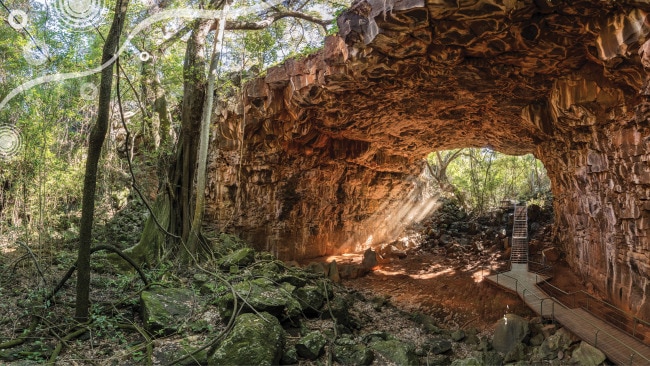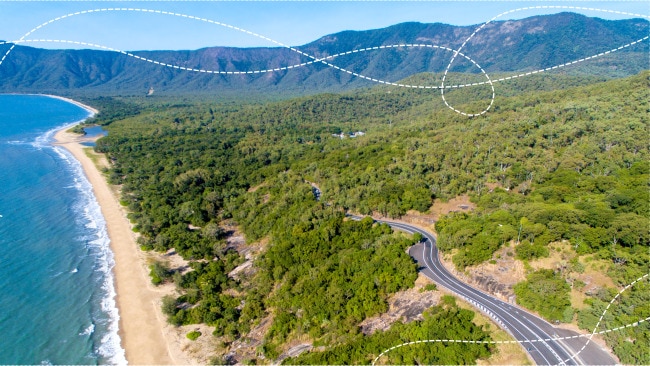Everyone loves an awesome neighbour
In a disconnected world, great neighbours are more important than ever before. Are you the kind of person we’d all like to live next door to?

In a disconnected world, great neighbours are more important than ever before. Are you the kind of person we’d all like to live next door to?
Who doesn’t love a great neighbour? Someone who’ll pop over and close your windows when an unexpected storm blows through; someone who’ll feed the cat when you’re away, or keep an eye on the kids when you have to nip to the shops.
It doesn’t seem too much to ask, but the way we live now, and the way our cities are growing and changing means that society is increasingly disjointed. We’re working longer hours, filling our spare time with scheduled activities away from home, turning to technology to keep us entertained and using the internet to shop, where once we would’ve walked to the corner store and stopped for a chat with a neighbour or two along the way.
As Paul Burton, professor of urban management and planning and the director of Cities Research Institute at Griffith University says, you can’t be a great neighbour without meeting people.
“If you’ve never met face-to-face, then the people living next door are no more than that, they’re not really your neighbours,” he says.
Cars have played a big part in creating distance between neighbours.
“In previous eras when there were fewer cars on the roads, it was safer for young kids to play in the streets and many more people got about on foot and on bikes – it’s difficult forming new relationships between people in cars, especially positive relationships.
“If you only venture outside your walled property in a car, then you’re unlikely to meet your neighbours or anyone else in the neighbourhood. So even if you end up sitting next to them in the neighbourhood park or café, you won’t recognise them as your neighbour.”
It’s human instinct to want to feel a sense of belonging. Living in a healthy and connected neighbourhood goes a long way towards achieving that.
“The idea of a vibrant community is still very strong and developers go to great lengths in trying to achieve this through masterplanning,” Mr Burton says. “This means providing more than just serviced lots for housing. It means making places as walkable as possible, providing parks and playgrounds and in the larger developments, shops and other facilities. It means keeping or restoring green infrastructure such as trees and other plants that keep places cool, manage water and create the kind of built environments in which we feel happy and safe.”
At Villa World’s completed home addresses, as well as providing all this, the policy is to build and release whole streets at the same time. general manager of sales and marketing, Robyn Valmadre, says this allows residents to immediately form a bond and share the momentous experience of moving into a new home at the same time.
“They all move in together into brand new houses with brand new neighbours and they all share the excitement. It’s a blank canvas for them to create their own neighbourhood,” she says.
With the trend towards smaller lot sizes to make homes more affordable, providing plenty of public amenities where people can spend time together outdoors helps to create a sense of community.
“Our customers are telling us they really want to be part of closer-knit safer communities. [RM1] With more people getting out of their houses there is a better chance of a real community forming.
“Today, we see the local park becoming the community centre where kids play and parents meet and get to know each other,” Mrs Valmadre says.
Being a good neighbour isn’t just about being social, and just because a neighbour might be on the quiet side, it doesn’t mean they’re not interested in their community.
“The challenge is being part of a community on your own terms. Some families want to spend time with neighbours at barbecues and holidays and others just want to know who is living in their street so they can be part of a community that looks out for each other,” Mrs Valmadre says.
How to be a good neighbour
Friendship, trust and a willingness to help out when needed remain the foundations of neighbourliness, according to Professor Paul Burton.
“Knocking on your neighbour’s door or talking over the fence to introduce yourself is a good starting point. How far down the street you want to go to introduce yourself or welcome a new arrival is a matter for you, but it should at least include those on either side, at the back and across the road from you.
“Exchanging telephone numbers is perhaps the next step, so that you can call each other if there’s a problem that you can help them with or you need their help in solving,” he says.
Things that great neighbours do
- Welcome newcomers with fresh baking or drop them a list of useful local phone numbers, or your favourite restaurants and cafes.
- Connect via social media and consider setting up a private Facebook group for your street. It’s a great way to set up walking groups, park playdates and last minute barbecues, and to stay in touch with the people around you.
- Grow herbs and vegetables in your front garden with a sign inviting people to take what they need.
- Set up a “street library” near your letterbox for neighbours to borrow and swap books for free.
- Throw a Christmas party and invite the whole street. It doesn’t have to be fancy, but a little bit of effort put into decorations, music selection and a variety of food and drinks will add up to making a memorable occasion.
Originally published as Everyone loves an awesome neighbour



